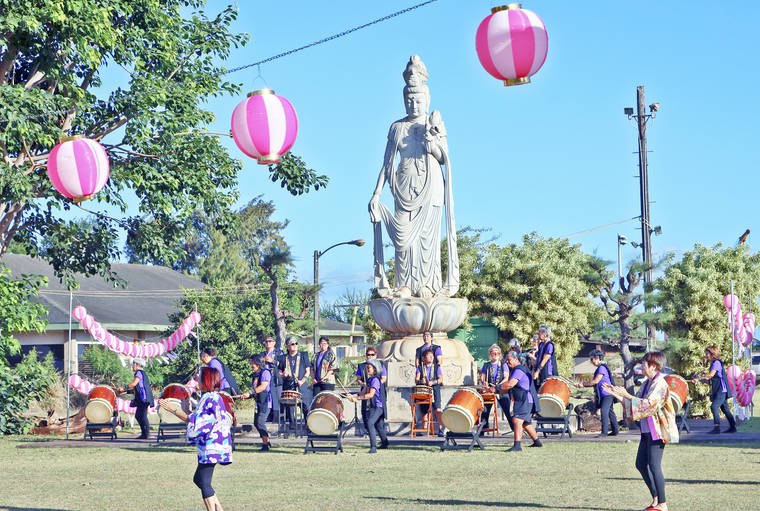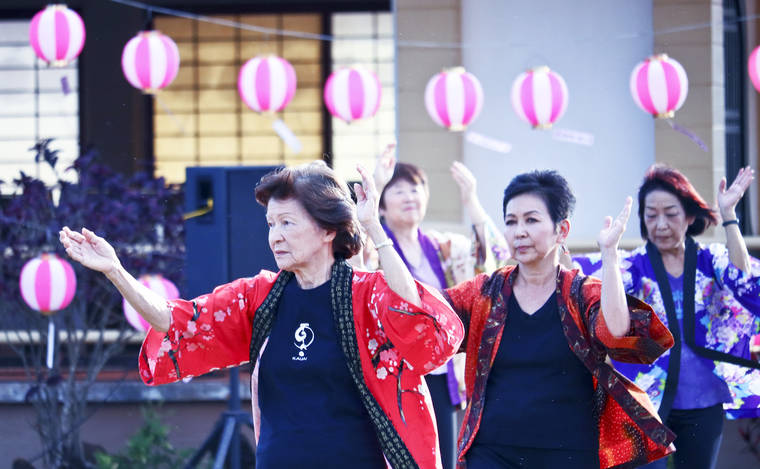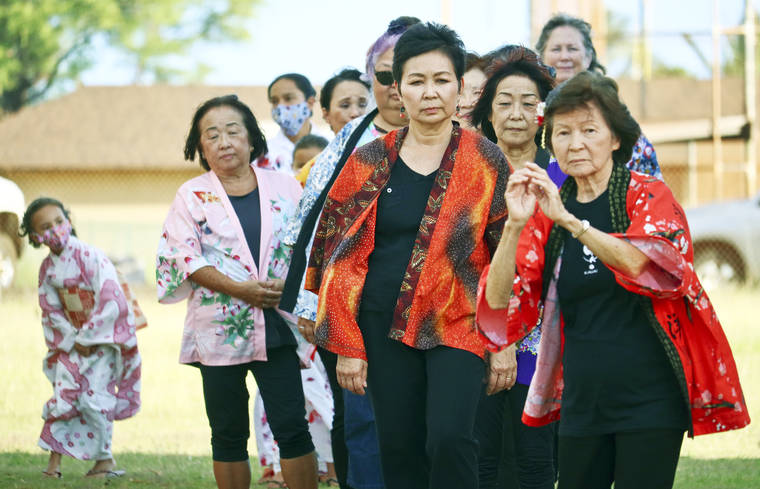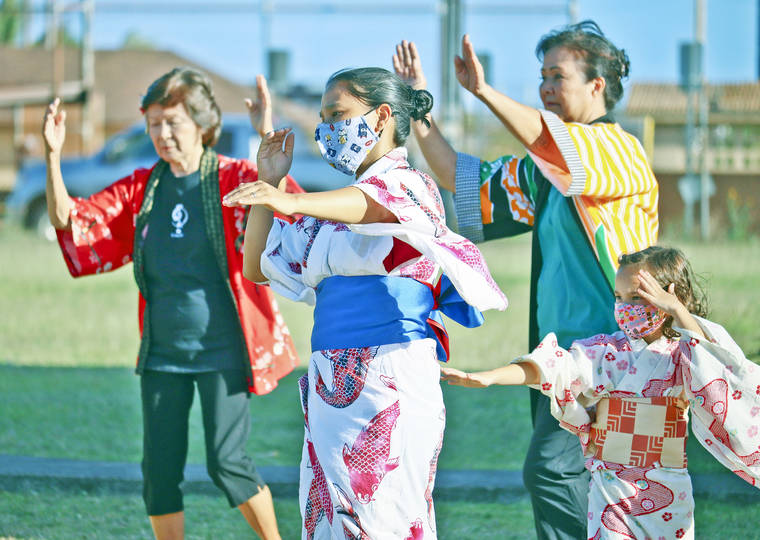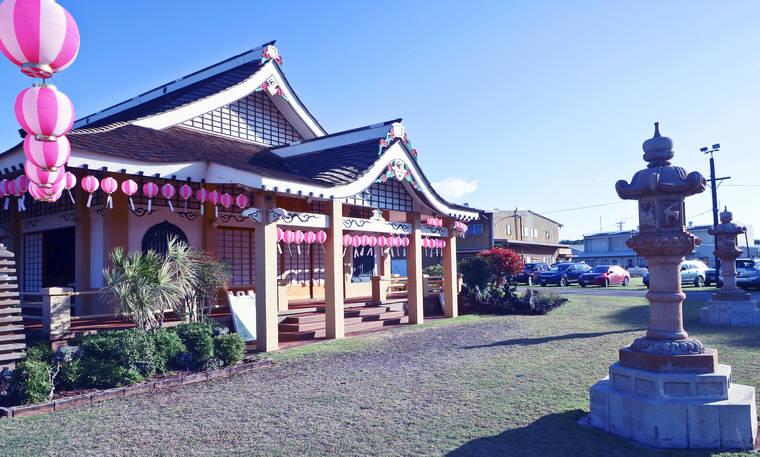HANAPEPE — Bon dance will happen virtually again this year, said Gerald Hirata of the Kaua‘i Soto Zen Temple Zenshuji.
“Obon is a time to remember,” Hirata said. “Even if it is a pandemic year, it will not stop us from remembering our loved ones who have departed.”
The Kaua‘i Buddhist Council traditionally schedules and coordinates the bon dance for the eight Kaua‘i Buddhist temples starting the second weekend in June through the first weekend in August.
“As in 2020, by general consensus, the council again canceled its 2021 bon-dance season,” Hirata said. “No temple will have a bon dance gathering on site, but will celebrate it in its own way on their scheduled weekend.”
Kaua‘i Soto Zen Temple Zenshuji will be presenting online, a pre-recorded video that will be aired during the weekend of the temple’s Kaua‘i Buddhist Council scheduled date of this Friday and Saturday, June 18 and 19.
This is the second straight year bon dance will be presented on the virtual platform, and learning from last year’s airing, this year will feature an obon memorial service, or obon toba service, that will air on Sunday, June 20. All video will be available online at kauaisotozen.org, or through Facebook and YouTube.
The June 18 schedule includes “Discover Our Temple’s Rich History” that tours the Hanapepe temple and includes segments on the Bodhi Tree, the World Peace Kannon Statue, the temple itself, and the historic bell tower that was moved from the temple’s original grounds in the Wahiawa camp.
The June 19 schedule includes fundraising that covers “A Virtual Tour of Who We Are and What We Do.”
June 20 is reserved for the obon toba service that will be livestreamed, led by the Rev. Hirosato Yoshida, from 10 a.m.
“During obon, we express our heartfelt gratitude to our departed loved ones,” Hirata said. “By lighting a candle and offering incense, we honor and extend our hospitality to our visiting ancestral spirits during bon.”
Names of these departed spirits are written on a light wooden strip called a toba, and can be purchased for $7. During the toba service, the names on toba are recited, honoring and remembering loved ones.
Obon toba may be dedicated to an individual, a family, family ancestors, or an individual who passed since the last obon, making this year a first obon, or hatsu-bon.
For a one-time donation of $25, the name of an honoree will be attached to a chochin, or paper lantern, and strung around the temple during this year’s obon festival, and for every year that follows. Chochin, or lanterns, are among the iconic symbols of obon, lighting the way home for ancestral spirits who return to join inthe annual celebration of dance and joy. More than 400 chochin were strung around the temple during last year’s bon.
“No, we won’t be doing any food this year,” Hirata said. “We will focus on T-shirts, bon dance towels, note cards and more. All will be on our website.”
•••
Dennis Fujimoto, staff writer and photographer, can be reached at 245-0453 or dfujimoto@thegardenisland.com.


